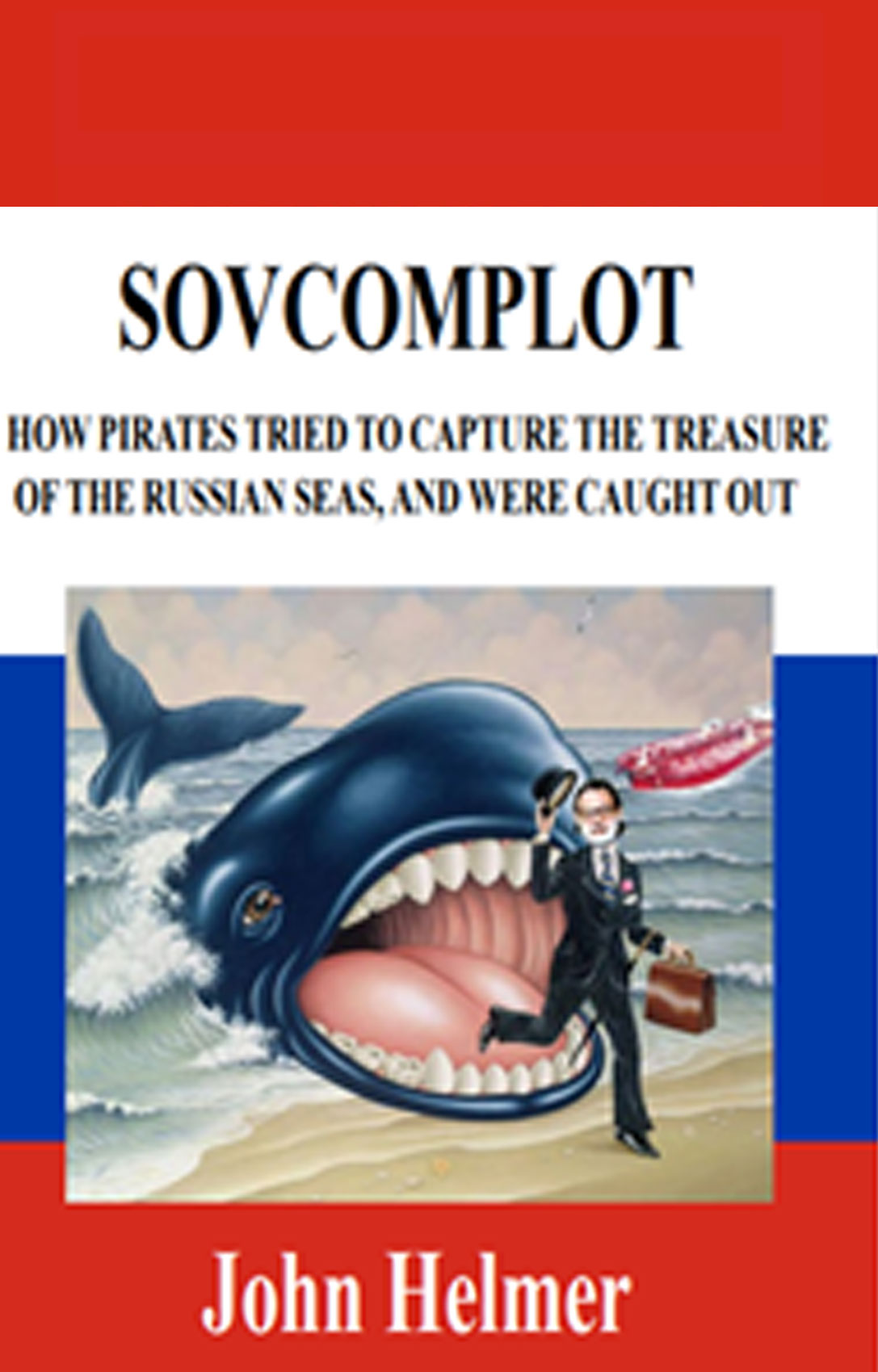

By John Helmer, Moscow
@bears_with
No one in their right mind puts himself or herself in a zugzwang.
Zugzwang is the German word which has become the name in all languages for the well-known position in politics, warfare, and games of chess which is the last one before capitulation. Literally, it means “being forced to move”. Metaphorically, it refers to the situation when one adversary has placed his opponent in a position where he must make the next move, and whatever move he makes will be his defeat.
In his chess manual of 1777, François-André Philidor illustrated the position at the end of the game when White has played his king and queen into the position where Black, forced to make the next move, must separate his rook from his king and lose the game (lead image, left).
Right now, Zangezur, an Armenian word Զանգեզուր with geographical and historical meaning for a mountainous region of southeastern Armenia (lead image, right), has been Armenian, Mongol, Turkic, Ottoman, Persian, and Russian over a very long past of sheep herding and fighting. Today it refers to a lowland transportation route for road and railway moving cargoes from east to west, north and south, and vice versa — the Zangezur Corridor. Operation of this route and control of it by force of arms pit the strategic interests of Armenia, Azerbaijan, Turkey, Iran, Russia, China, United States, US, France, India, and others, against each other in several shifting combinations.
If the powers strategize these combinations to benefit their interests at the expense of the others, the only one in the zugzwang is Armenia and its current prime minister, Nikol Pashinyan, who has put himself there.
At dinner on July 19, President Donald Trump made a move to sweep everyone else’s pieces from the board, leaving the US with a victory in the game, and a new notch on his Nobel Peace Prize shooter. There were five, he said — and that was not counting the ceasefires Trump says he has notched publicly between Pakistan and India, Israel and Iran, and the one he’s hoping for in September in Beijing — Russia and the Ukraine.
Zangezur is now his, Trump claimed. “Armenia and Azerbaijan, we worked magic there. And, uh, it’s pretty close. If not, it’s already done.”

Baku television footage of this week showing construction work under way at the Zangezur Corridor site. For more panoramic images, click on source. https://www.youtube.com/watch?v=JMDtml9D4GQ

Trump speaking at White House dinner for Republican senators on July 18. Source: https://rollcall.com/factbase/trump/transcript/donald-trump-remarks-gop-senator-dinner-white-house-july-18-2025/
“Uh,” Trump celebrated with a group of Republican senators, “we did the Congo, this was going on for over 30 years, the Congo and Rwanda and, uh, close to 7 million people were really violently killed. This was a rough, a rough one, but going on over 30 years. And we had the, uh, various representatives here last week. The presidents will be coming to sign final documents, but we got that one solved. Armenia and Azerbaijan, we worked magic there. And, uh, it’s pretty close. If not, it’s already done. And, and Gaza, uh, we, we, we got most of the hostages back. We’re gonna have another, uh, 10 coming very shortly. And, uh, we hope to have that finished pretty quickly…Serbia, Kosovo, they were going at it. They’ve gone at it for years, I guess for centuries, but they’ve gone at it for years. And we got that one taken care of. And Egypt and Ethiopia, as you know, they’ve been fighting over the dam. Ethiopia built a dam with United States money, largely…I get pictures and satellites and everything, and I’m looking at this massive dam and I’m saying, ‘Is that gonna be blocking the water to the Nile?’ And anyway, that should have never sort of happened the way it happened, but financed by the United States of America, the whole thing is a little crazy…But we got that solved.”
Trump’s reference to “working magic” on the Zangezur Corridor was spelled out a week earlier by Thomas Barrack; he is another of the stock and real estate speculators (Steven Witkoff, Howard Lutnick) whom Trump has appointed to US Government posts in return for his re-election campaign financing; also for Trump family bailouts from bankruptcy. Presently, Barrack is US Ambassador to Turkey and Special Envoy to Syria.
On July 11 Barrack briefed the press on the US takeover of Zangezur.

“Through the largesse of an American system that’s understanding, that’s charitable, that’s not dictating. And as an example of all the things that we hope – and this President has done a good job of establishing that in the world today. It’s a complicated ZIP code. It’s day by day, and I think you win souls one soul at a time. And Türkiye is in the middle of all of it, just like Azerbaijan and Armenia. They’re arguing over 32 kilometers of road, but this is no joke. It’s been going on for a decade – 32 kilometers of road. So what happens is America comes in and says, ‘Okay, we’ll take it over. Give us the 32 kilometers of road on a hundred-year lease, and you can all share it.’ But these tribal points of view do not fade. We came into a – e pluribus unum. What does that mean? It means give up the masses for one. It exists in America. It doesn’t exist there. It’s individual, family, tribe, and then the nation. But my hope is over time this e pluribus unum will catch on and we can convert from Latin to Arabic, from Arabic to Russian, from Russian to China – maybe we have a shot.”
In a calculated leak from Paris on July 22, these terms of the US takeover of the Zangezur Corridor, retitled the “Trump Bridge Bilateral Regional Defense Gateway and Economic Corridor”, have been accepted by Pashinyan’s government as a memorandum of understanding.

According to the press leak, which does not reveal the document itself, “the memorandum, made available to the Armenian diaspora, states that Armenia maintains its sovereignty over the Syunik region. However, it was clarified that the transport corridor will be managed by a private U.S. company that has obtained the corresponding licence. The distribution of the revenue generated by the use of the broker highlights the underlying interests of this agreement. The U.S. management company will receive 40% of the revenue, while Armenia will only receive 30%. Armenia is thus deprived of its territory for a minimum period of 99 years. It should be noted that the memorandum provides for the deployment of significant US forces on Armenian territory. According to the information available, these will not be from the regular US army, but from a US private military company. This PMC, whose number is currently estimated at 1,000 combatants, will be responsible for ensuring security in the transport corridor.”
Azerbaijan’s President Ilham Aliyev declared on July 19 that he is opposed to the US-Armenian scheme. “ ‘No operator, no trader, no lessee can be on our territory.’ President Ilham Aliyev noted that Armenia can do a lot, they have already invited European Union observers to the border: ‘These are professional spies on the border and they are conducting espionage activities against Iran. Especially during the recent Iran-Israel conflict, they are moving along the Iranian border.’”

Turkish President Tayip Recep Erdogan has followed with his support for Aliyev. He “stressed the geopolitical importance of the Zangezur Corridor, which will benefit not only Azerbaijan, Armenia and Turkey, but the entire region. According to him, the project will revive trade and become a symbol of harmony, not discord. Erdogan noted that Azerbaijani President Ilham Aliyev is striving to launch the corridor as soon as possible for the benefit of all countries in the region.”
A month earlier, just before the US and Israel launched its war on Iran, Ali Akbar Velayati, a foreign affairs advisor to Iran’s Supreme Leader Ayatollah Ali Khamenei, told the Tasnim news agency that “the aim of the so-called Zangezur Corridor scheme, in fact, was an effort by Baku to partition and close Iran’s access to Europe. Velayati stressed that the ultimate goal of the Zangezur corridor was not only to cut off Iran from the northern direction, but also to surround and close the circle around Russia from the south. However, this effort has also failed.”

Source: https://asbarez.com/iran-thwarted-so-called-zangezur-corridor-scheme-official-says/
Velyati was reported by Tasnim, a media outlet for the Islamic Revolutionary Guards Corps, as saying “one of the clear signs of his country’s influence was its rapid and decisive response to the crisis in the South Caucasus. ‘When some countries attempted to link Nakhichevan to Azerbaijan through the territory of Armenia with the pretext of creating a Zangezur corridor which would, in fact, mean partition and closure of the Iranian corridor to Europe, the Islamic Republic of Iran decisively opposed that program and thwarted its implementation.”
For an introduction to this problem in the context of current Russian conflict with Azerbaijan, click to read this.
The semi-official Russian security analysis platform, Vzglyad, has just published this assessment of the Zangezur corridor and the Trump claims. The following is a verbatim translation without editing. Additional illustrations and captioned references have been added.

Source: https://vz.ru/world/2025/7/24/1347560.html
July 24, 2025
Overseas PMC claims Armenian territory
By Yevgeny Krutikov
The Western press claims that the United States, Armenia and Azerbaijan have allegedly already agreed on a solution to the key conflict between Baku and Yerevan, the so–called problem of the Zangezur Corridor. Is this really the case, what is this option, and why does it mean for Armenia the complete loss of sovereignty over a part of the country?
Armenia, Azerbaijan and the United States have agreed on a memorandum of understanding on the creation of the Zangezur Corridor, according to the Spanish online publication Periodista Digital. “We managed to obtain a confidential document called the Memorandum of Understanding on the creation of the Trump Bridge transport Corridor. According to our sources, this document has already been approved in Armenia, Azerbaijan and the United States,” the newspaper writes.
It is stated that the publication managed to get acquainted with the document with the help of unnamed representatives of the Armenian diaspora in France who have contacts in the Armenian government. The memorandum allegedly provides for the implementation of a transport corridor project that will run through the Syunik region in southern Armenia. The corridor should connect the main territory of Azerbaijan with its exclave, the Nakhichevan region. The memorandum also states that Armenia retains sovereignty over Syunik. However, the transport corridor will be operated by a private American company that has received the appropriate licence.
There is no official confirmation of this yet and there cannot be, since, according to the newspaper Vzglyad, there are currently three different proposals on the so-called Zangezur Corridor on the negotiating table between Armenia and Azerbaijan. None of them has been accepted, because all of them, for one reason or another, do not suit any of the parties.
What is the essence of the American version? 42 kilometres of the corridor between Azerbaijan proper and the Nakhichevan region is to be transferred to an American operating company for 99 years. The income is divided into the following proportions: 40% for Americans and 30% each for Armenia and Azerbaijan. The corridor and cargo will also be guarded by Americans, but not by the regular army, but by PMCs [Private Military Companies] without heavy weapons numbering about one thousand people.
The Information Department of the Armenian Foreign Ministry has already stated that “the article does not correspond to reality.” But most likely, this refutation can only refer to the statement that the parties have already agreed on the treaty on Zangezur (Syunik) in its American version. The actual existence of such a proposal is not commented on. In addition, the agreement on the transport corridor is linked to the demarcation of borders and the conclusion of a full-fledged peace treaty between Azerbaijan and Armenia.

Source: https://www.gov.am/en/news/item/10675/
There is no provision for Russian presence in this regard, although according to the 2020 agreement, transport links in the Zangezur Corridor should be carried out with the participation of the border troops of the FSB [Federal Security Service] of the Russian Federation.
The other two projects also ignore Russia’s role. One of them is Armenian and lies in the fact that the corridor should be controlled either by a purely Armenian special military unit, or by some (most likely French) peacekeepers from Europe.
The Azerbaijani option assumes the presence of only Azerbaijani military personnel in this area. For Armenia, adopting this option would mean a complete loss of sovereignty over the entire Syunik (the southernmost region of the country). However, the American version means the same thing.
Of course, there is no doubt that the preservation of this sovereignty will be proclaimed rhetorically, it may even be fixed on paper, But in practice Armenia will become a country, part of which is occupied by a private military company of another country (for example, the United States). In any case, this is a loss of sovereignty, even if Armenian flags are displayed along the entire road.
Azerbaijan has not yet linked all three issues in its relations with Armenia (the transport corridor, border demarcation and the peace agreement) into one package, but theoretically this is possible. The fact is that only 32 km of the Armenian-Azerbaijani border has been delimited over the years, and there is no end in sight to this process. But in such a situation, it is impossible to sign a full-fledged peace treaty, since there must be an article on respect for each other’s territorial integrity.
And when the border is not defined, it is impossible to understand where this territorial integrity begins and ends. In what specific geographical areas should it be respected?

Map of border demarcation lines as of April 20, 2024; for analysis of the line, area conflicts and claims, read this.
In addition, Baku puts forward another condition for concluding a peace treaty – changing the preamble to the Armenian Constitution, which is possible only through a referendum. At the same time, the dominant public mood in Armenia today is apathy. And in such a situation, with a competent approach, the Pashinyan government can successfully hold a referendum, change the preamble, and delimit the border.
However, at the same time, Armenia is not satisfied with the complete exclusion from the negotiation process and from the Zangezur Corridor of Europe and especially France. Indeed, in this case, Pashinyan’s main foreign policy myth will be destroyed, that instead of Russia, France and the European Union as a whole will help Armenia to guarantee its security. The Pashinyan government supports the “myth of Europe” solely for electoral purposes. After undermining allied relations with Russia, it is necessary to demonstrate at least some kind of national perspective.
As a result, at the moment, the most affected party in this situation is France, whose entire strategy in the region is being destroyed before our very eyes. This, by the way, is a possible reason why the leak of the American-proposed version of the corridor agreement came from Paris.

President Emmanuel Macron holds a “private meeting” in Paris with Prime Minister Nikol Pashinyan on July 14. The Armenian communiqué did not refer to the Zangezur Corridor or any other details of their talks. Macron posted this comment: “I reaffirmed France’s support for his brave efforts to establish peace with Azerbaijan. The swift signing of a peace treaty between Armenia and Azerbaijan could open a new chapter for all peoples and countries in the region and beyond. This meeting also provided an opportunity to discuss our bilateral relations with the goal of further deepening cooperation in all areas and rapidly strengthening our strategic bilateral partnership.”
The main beneficiary is Turkey, and this is not about economic benefits (the whole history of the South Caucasus, starting with the Karabakh wars, is not about economics at all), but about geostrategic ones. First of all, this is the successful promotion of the “Ottoman project” in the South Caucasus.
Iran is also closely monitoring what is happening, which does not like the appearance of armed Americans on its northern border, albeit in the form of PMCs. In addition, if the American project is implemented, Iran’s border with Armenia will be reduced, and the Americans will have many opportunities to control and monitor both Iranian cargo and territory. This is an excellent springboard for intelligence and sabotage activities.
At the first stage, Azerbaijan managed to remove the obstacle that they considered to be the main one: Russia and other mediators, starting with the Minsk process. But the fact is that Armenia itself agreed to the liquidation of the Minsk Group as a precondition for concluding a peace treaty and did not retain any other negotiating platforms where it could count on the help of its allies. The removal of Russia from the negotiation process, as well as the withdrawal of Russian border troops, occurred not just with the tacit consent of Yerevan, but with its active participation.
But at the same time, the involvement of Europe and France separately as a new partner has remained a foreign policy myth. As a result, Armenia found itself in a stalemate.
In this context, the prospects for an early conclusion of a peace agreement between Armenia and Azerbaijan seem very vague. However, Baku is in no hurry and seems ready to put the squeeze on Yerevan for years. This strategy allows us to consider all fundamental issues gradually: first, the Zangezur Corridor, then the border and the constitutional amendment, and then the actual text of the peace agreement.
And Donald Trump really wants to receive the Nobel Prize for settling something that is almost impossible to settle, especially without Russia’s participation. In the current situation, no peace treaty, even with maximum concessions from the Armenian side, can guarantee the observance of peace for the very 99 years that are stipulated in the American version of the corridor agreement. It is only possible to fix the current state of affairs.
And at the same time, Baku will maintain constant pressure on its neighbour, which is severing ties with its only strategic ally in Russia, and is now losing a potential support group in Europe. For many years, years of sitting on two or even more chairs have led to a corresponding fall into the pit.
This pit (Яма) is Pashinyan’s zugzwang.
Unlike chess, in politics there is a way out – that’s by making no move, doing nothing. When he gave up Armenia’s alliance with Russia, Pashinyan forfeited that option.















Leave a Reply